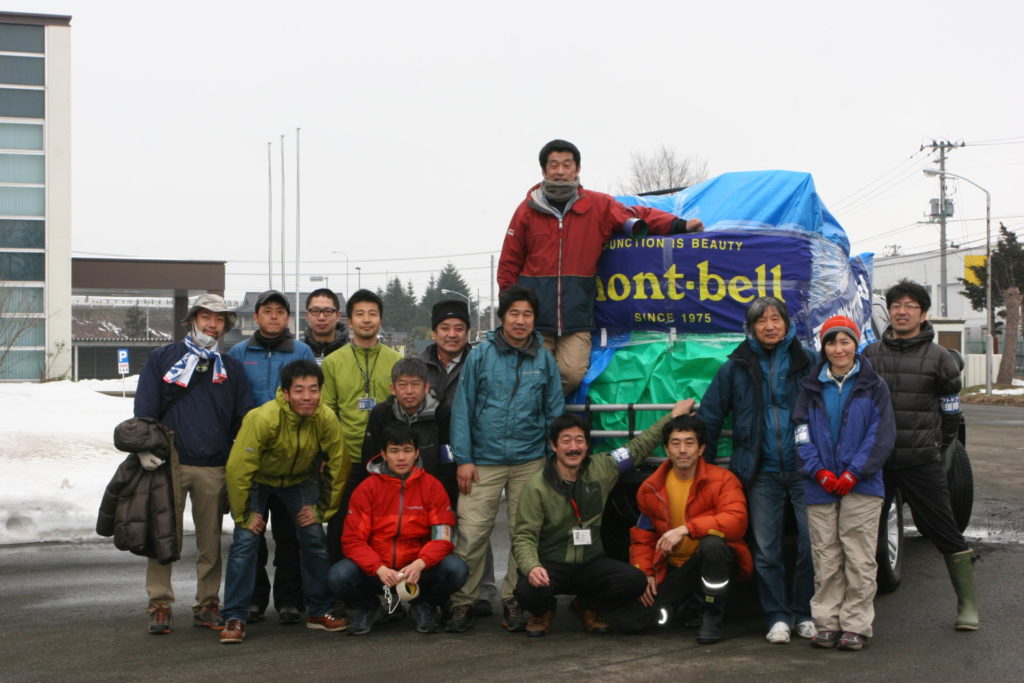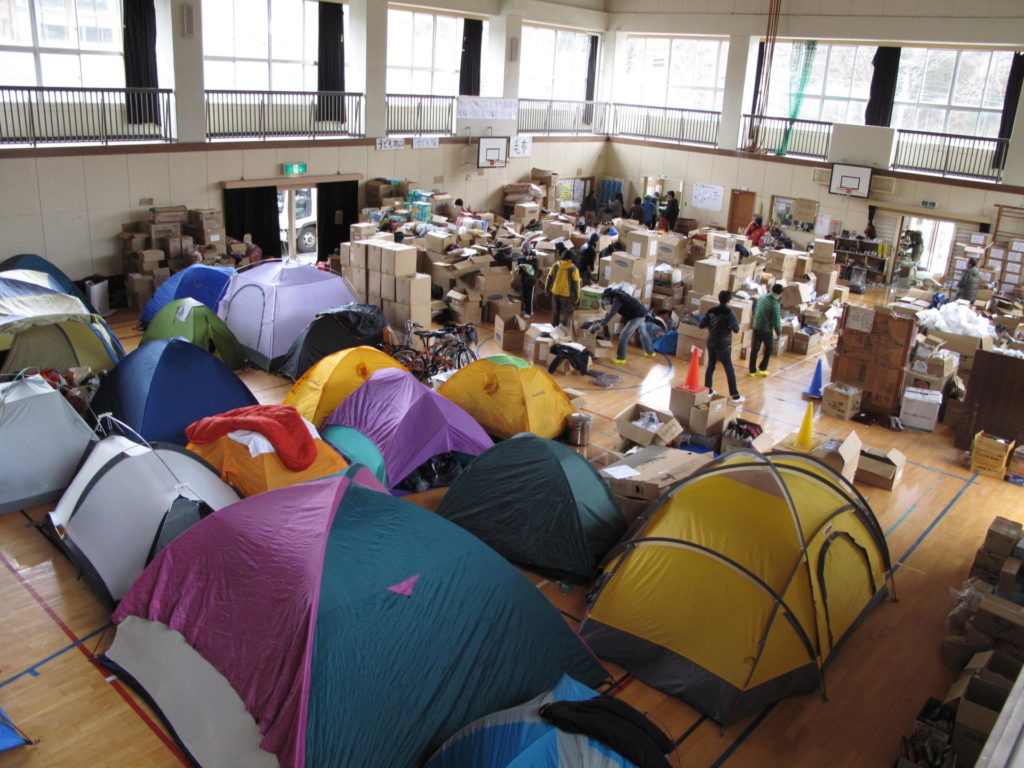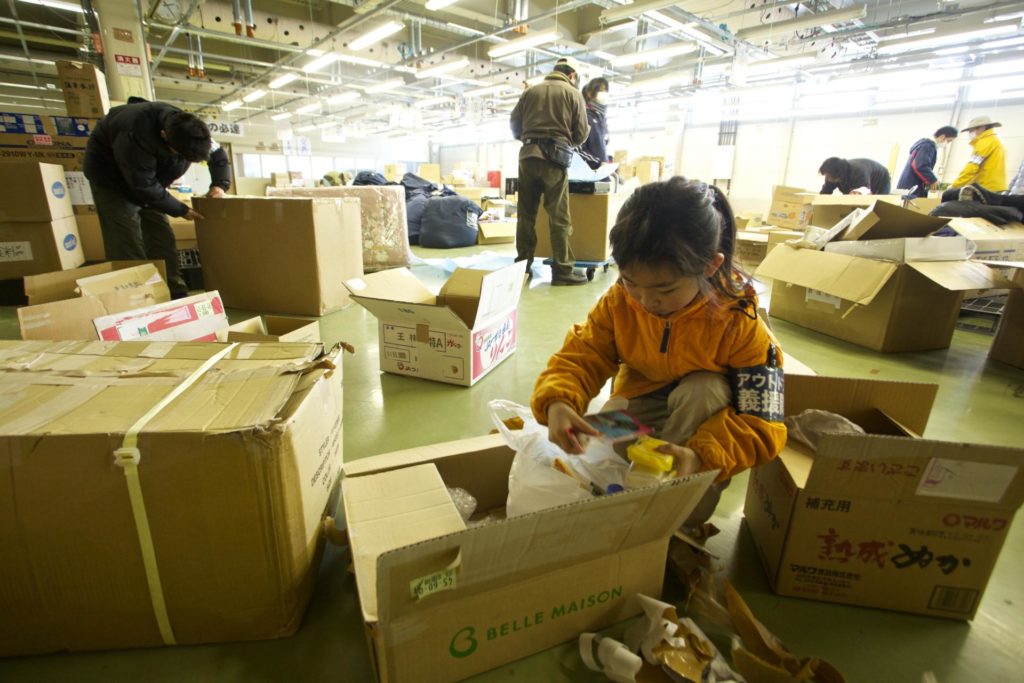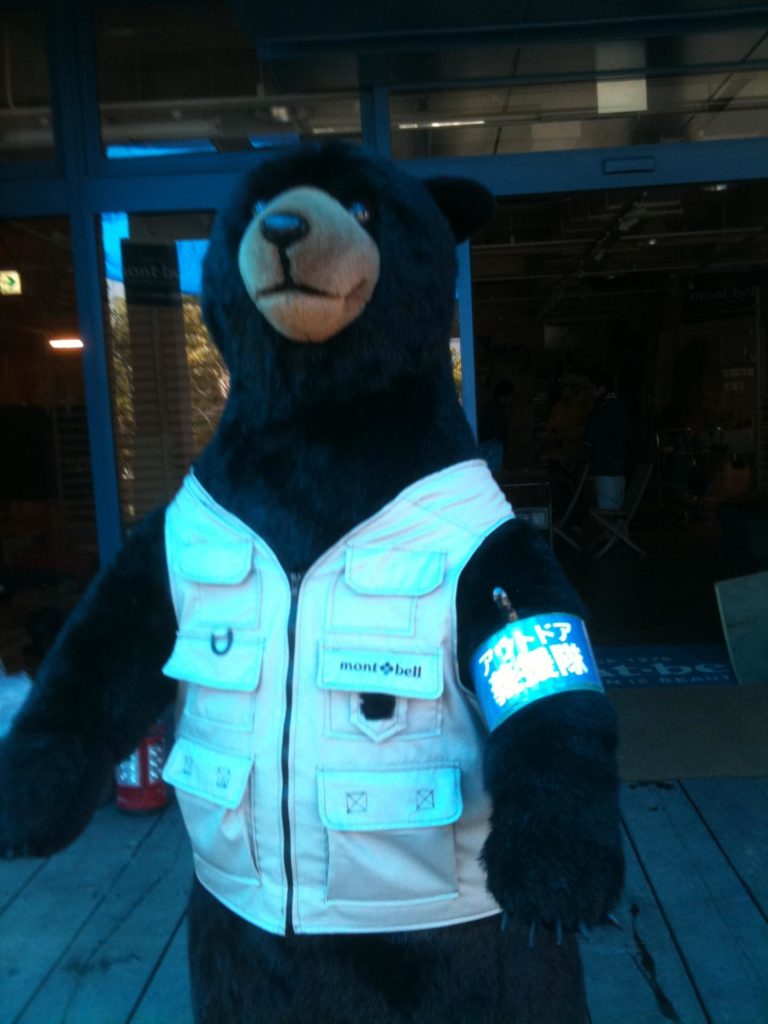Outdoor manufacturer and retailer MontBell is one of many companies directly affected by the March 11 earthquake and tsunami.

“We had three shops in Sendai, with the one in the Sendai Port area completely destroyed by the tsunami,” says company CEO Isamu Tatsuno. “Luckily all our employees safely escaped. The store in the Izumi area was also destroyed by the earthquake, but our flagship store in Aoba-dori in the center of Sendai was safe.”
Rather than work first on rebuilding the shops, MontBell did what it had done 16 years earlier during the Kobe earthquake: employees immediately mobilized to provide relief to those affected by the tragedy.
“We at first thought we could use the Sendai flagship store as a base for supporting the people,” Tatsuno said. “But we found it just wasn’t large enough.” Concerned with the nuclear plant situation—with little reliable information coming in—the efforts were shifted to Tendo City in Yamagata, just 40 to 50 minutes from Sendai and, as Tatsuno says, shielded in part by Mt. Zao.
During the Kobe earthquake in 1995, MontBell was a much smaller company; still, it donated 2,000 sleeping bags, 500 tents, a lot of other gear and willing hands—both employees and volunteers. This time the effort was a lot larger.
The company established a kind of base camp in the city, gaining access to a large, unused electronics factory.
“Then we started taking in goods donated by customers at our 75 stores around the country,” he said. “The government wouldn’t accept donations from the general public, but we would. Blankets, instant ramen—anything was OK at our stores.”

Keeping with his climbing analogies, Tatsuno says they then set up their “attack camp” in Tome, Miyagi, inland from the hard-hit city of Ishinomaki. In the first month, more than 300 tons of goods were sent through Tome and on to people throughout the area.
“We also collected more than ¥35 million which we used to purchase things such as heating oil, underwear, hygiene products and diapers,” he says. “But we also handed out cash—¥10,000 per person to anyone, babies to seniors, with a message from us.”
But MontBell is thinking longer term as well. “When I was in the area last week, I made the decision to purchase 2,200 tsubo of land in Tome,” Tatsuno said. “We’re going to use local wood and local carpenters to build a group home there. It will use solar power, biomass wood chip heating system and will be supported by the local community.”

What he and his employees have found is that people living alone in government-provided housing are very lonely. The target tenants, he says, will be orphans, children with just one parent or people living alone.
“Living with children will help motivate seniors and others who are alone, while the children also gain from the affection of the older people. We thought this would be the best combination.” He adds that, after the building serves its purpose for housing those displaced by the disaster, MontBell plans to use it as a sansonjuku (nature school).
“This is only the first step, though,” Tatsuno adds. “We’re only building one home now, but as a next step we’re thinking about building a community of 200 to 300 homes. They won’t be dependant on nuclear energy but will use solar and other natural energy sources. I have the support of the mayor of Tome, and we’re talking with both local and international organizations for support.”






